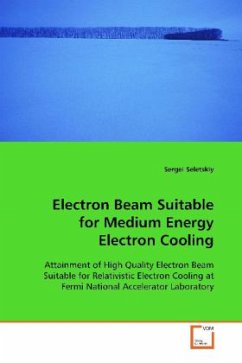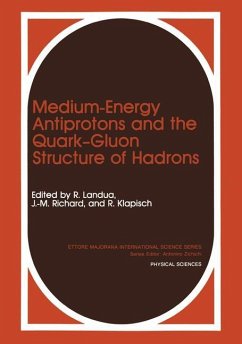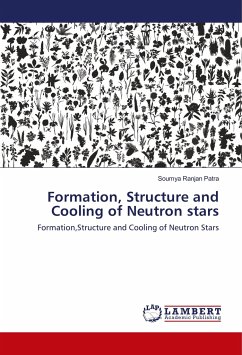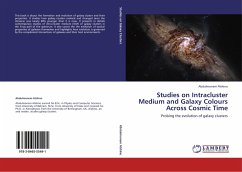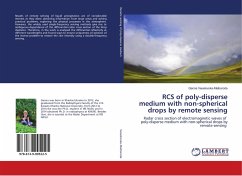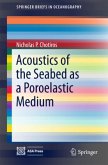Electron cooling of charged particle beams is a
well-established technique at electron energies of up
to 300 keV. However, until recently the advance of
electron cooling to the MeV-range energies remained a
purely theoretical possibility. In 2005 the electron
cooling project at Fermilab demonstrated the first
cooling of 8.9 GeV/c antiprotons in the Recycler
ring, and therefore, has proved the validity of the
idea of relativistic electron cooling. The
performance of the Recycler Electron Cooler (REC)
depends critically on the quality of electron beam. A
stable electron beam of 4.3 MeV carrying 0.5 A of DC
current is required. The beam suitable for the REC
must have an angular spread not exceeding 200 urad.
The full-scale prototype of the REC was designed,
built and tested at Fermilab to study the feasibility
of attaining the high-quality electron beam. In this
work we describe various aspects of development of
the Fermilab electron cooling system, and the
techniques used to obtain the electron beam suitable
for the cooling process.
well-established technique at electron energies of up
to 300 keV. However, until recently the advance of
electron cooling to the MeV-range energies remained a
purely theoretical possibility. In 2005 the electron
cooling project at Fermilab demonstrated the first
cooling of 8.9 GeV/c antiprotons in the Recycler
ring, and therefore, has proved the validity of the
idea of relativistic electron cooling. The
performance of the Recycler Electron Cooler (REC)
depends critically on the quality of electron beam. A
stable electron beam of 4.3 MeV carrying 0.5 A of DC
current is required. The beam suitable for the REC
must have an angular spread not exceeding 200 urad.
The full-scale prototype of the REC was designed,
built and tested at Fermilab to study the feasibility
of attaining the high-quality electron beam. In this
work we describe various aspects of development of
the Fermilab electron cooling system, and the
techniques used to obtain the electron beam suitable
for the cooling process.

